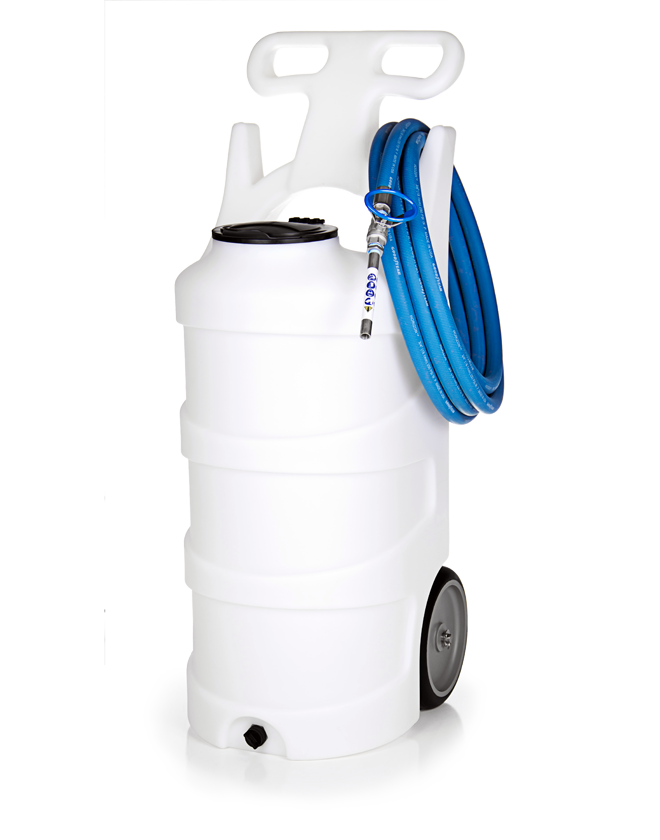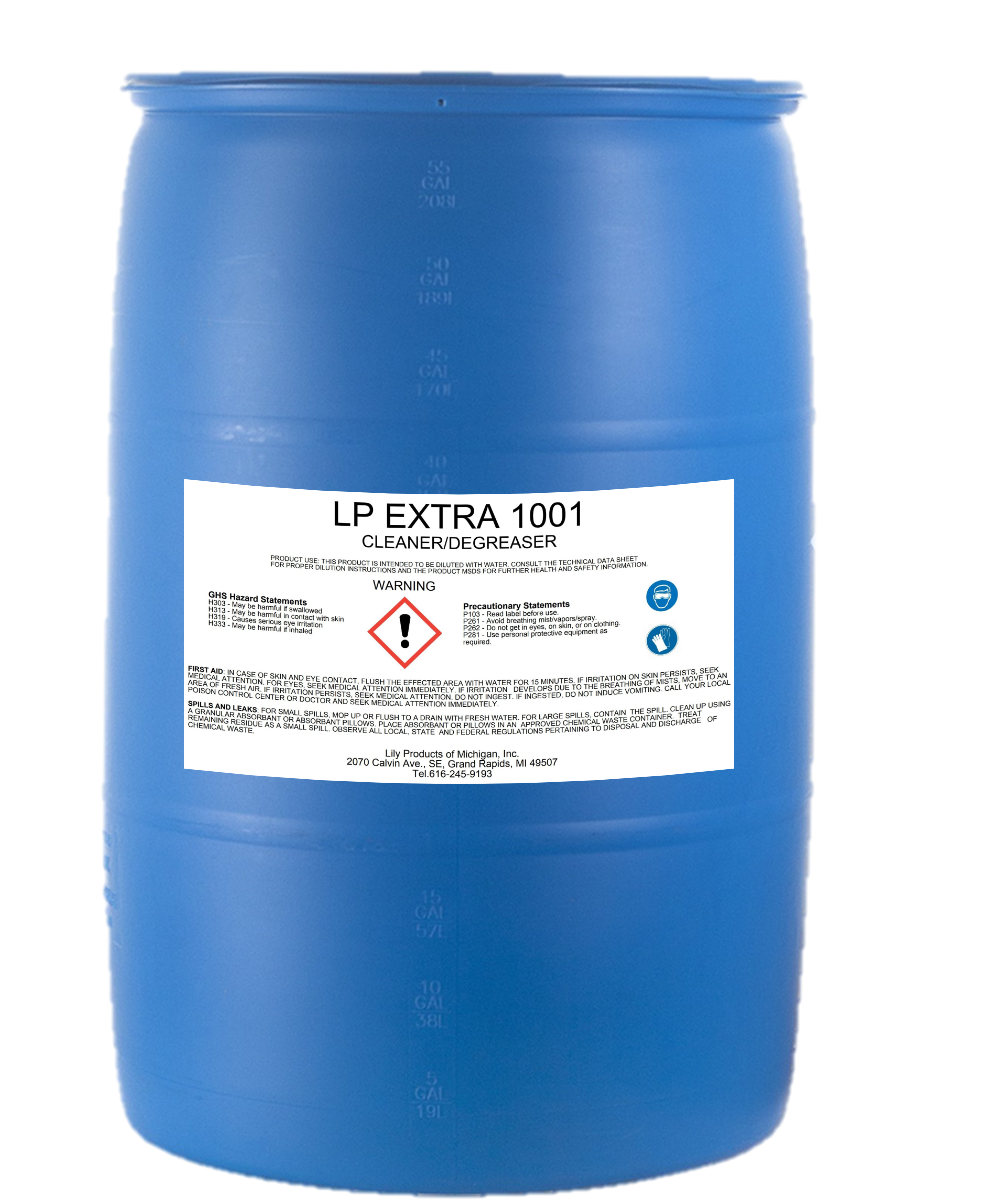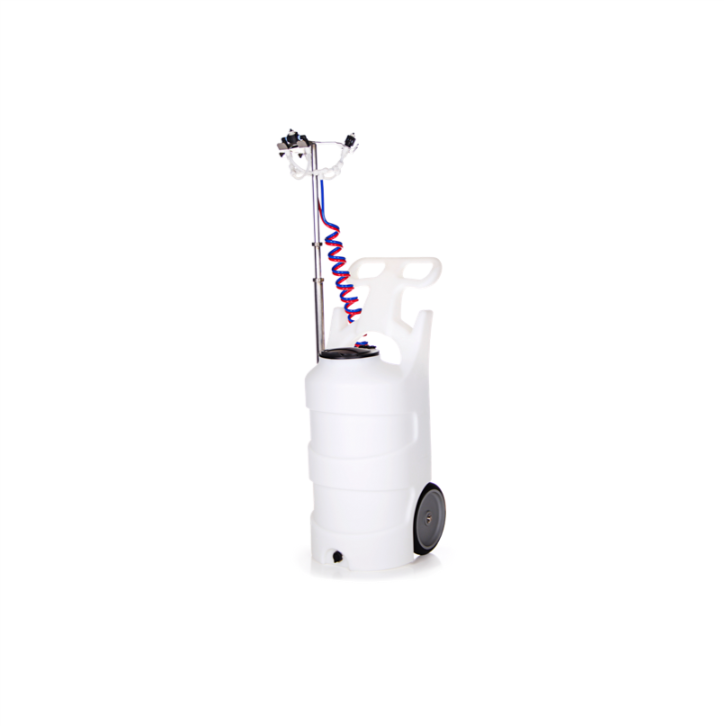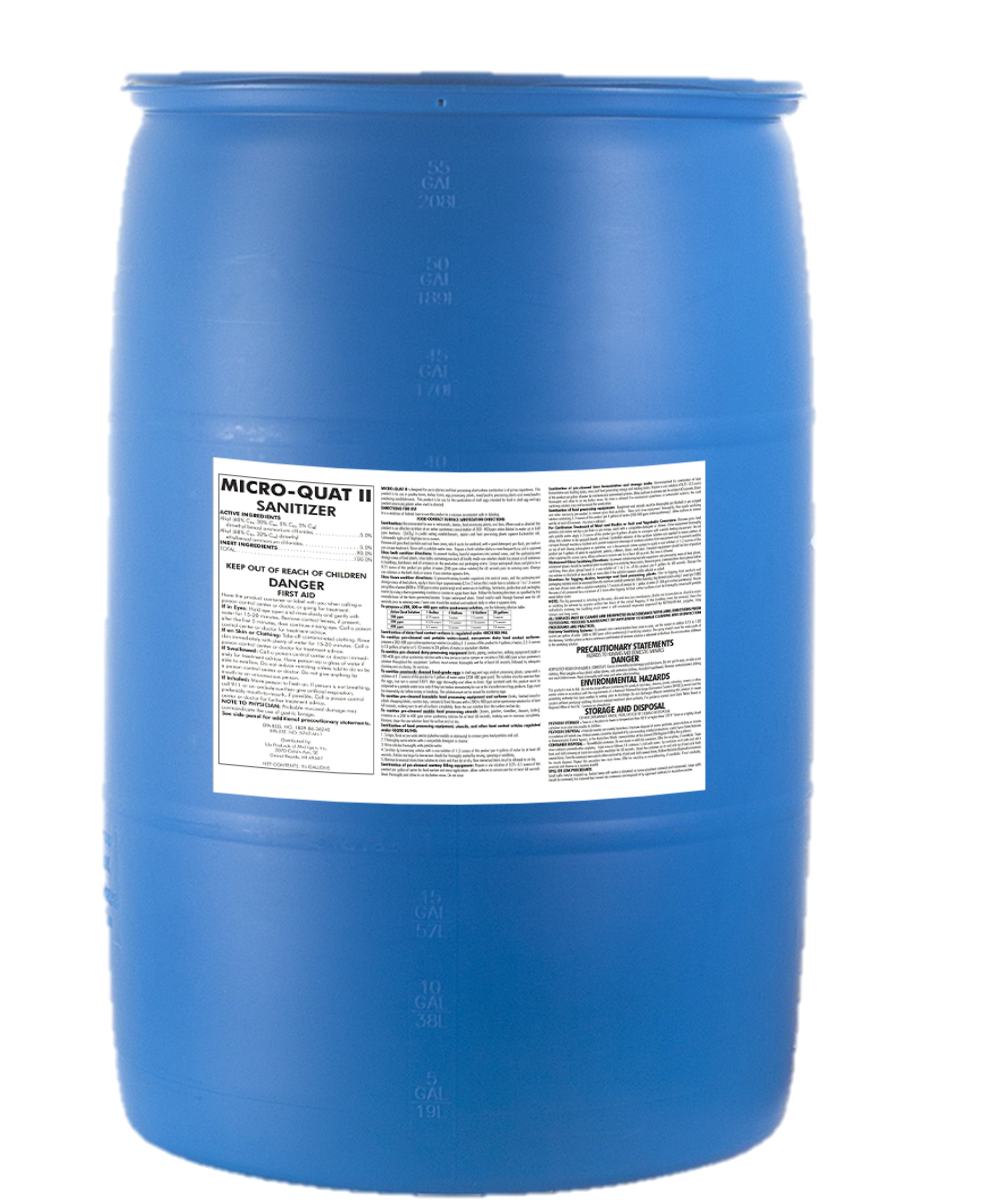Grow Room Sanitation
Sanitation Is Easily The Best Investment Your Operation Can Make To Control Pests, Viruses, Diseases And Improve Crop Quality. Whether You’re New To The Industry Or A Veteran There’s No Need To Be Intimidated By Creating Or Improving Your Sanitation Program. For the best results, we recommend a 6-step approach.
Step 1: Dry Clean- this step is VERY important, the goal is to remove any and all product, soil, vegetative matter, or unnecessary equipment from the room. Let the room dry out. This will kill any pests or diseases that requires water to survive. Don’t forget to check the underside of tables, trays, pipes, top of lights and especially drains. We are trying to disrupt the environment of potential contaminants so plant matter and soil has to go. Shop-Vacs are a great way to remove as much debris before we proceed to step 2.
Objective: Visibly Clean
Step 2: Pre-Rinse- Good pressure and hot water will be your best friend, power washers are not necessary but can be used. All rinsing should be performed by starting at the top of the room and going down towards the floor. Make sure to rinse away any visible debris that still remains.
Step 3: Apply Soap- We recommend a strong foaming degreaser such as LP Extra 1001 at 3-5%. Foaming soaps offer an increased contact time on surfaces and provide a visual so you know where you’ve already applied product. When applying foam start at the bottom and work your way to the top. It’s important to define a starting and ending point, if you have a large room go wall by wall. Ideally, stop before the foam begins to dry as it becomes much harder to remove.

Powered by compressed air, this unit draws from pre-mixed chemical for excellent foam application.

LP Extra 1001 is a powerful degreaser formulated with detergents, surfactants, and penetrants for extremely tough jobs that require extra strength.

Compact foamer with manual pump perfect for small job and spot cleaning
Step 4: Scrub/Clean- Using brushes, scotch brite pads or anything abrasive scrub any area that has tough to remove soils or residue. Soap will help loosen the soil but scrubbing is essential to loosen soil and biofilms. Any biofilms found must be scrubbed to penetrate through the surface allowing for effective sanitizer contact.
Objective: Break up biofilms and loosen soil
Step 5: Rinse- Like in Step 2, begin rinsing all soap and loosened debris by spraying from top to bottom. Be sure to spray down all surfaces including the underside of equipment where soap commonly collects.
Step 6: Sanitize- Without sanitizing, a room is never truly clean. Sanitizers are designed to attach to the surface of diseases, biofilms and spores essentially killing them. Since contact is crucial for a sanitizer to work (it can’t kill what it can’t touch) we highly recommend fogging rooms with Oxine. Fogging allows for very small particle sizes to get in tough areas and cover a large surface area quickly.

Air powered fogger/mister that draws from a pre-mixed solution to apply sanitizers in a hands-off method involving tiny droplets

A quaternary ammonium sanitizer that's easily diluted and easy to apply. Safe for use on metals and highly effective for sanitizing.

This Chlorine Dioxide Sanitizer is just what need. The oxidizing chemistry behind this product allows it to not only penetrate residues but also biofilms for complete sanitization and disinfection.
